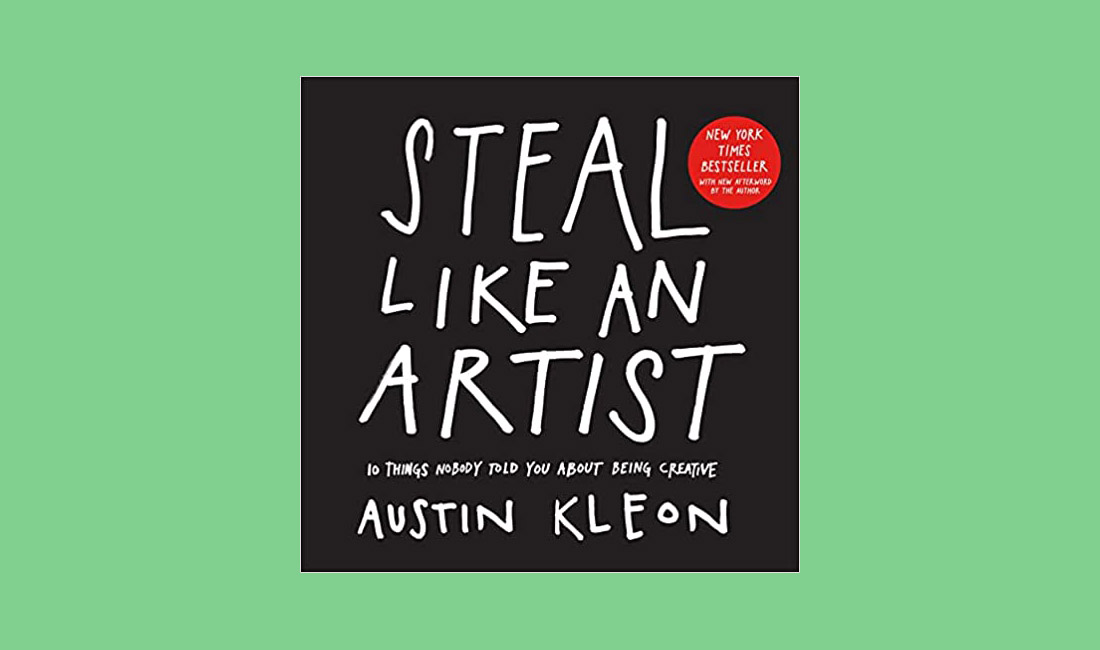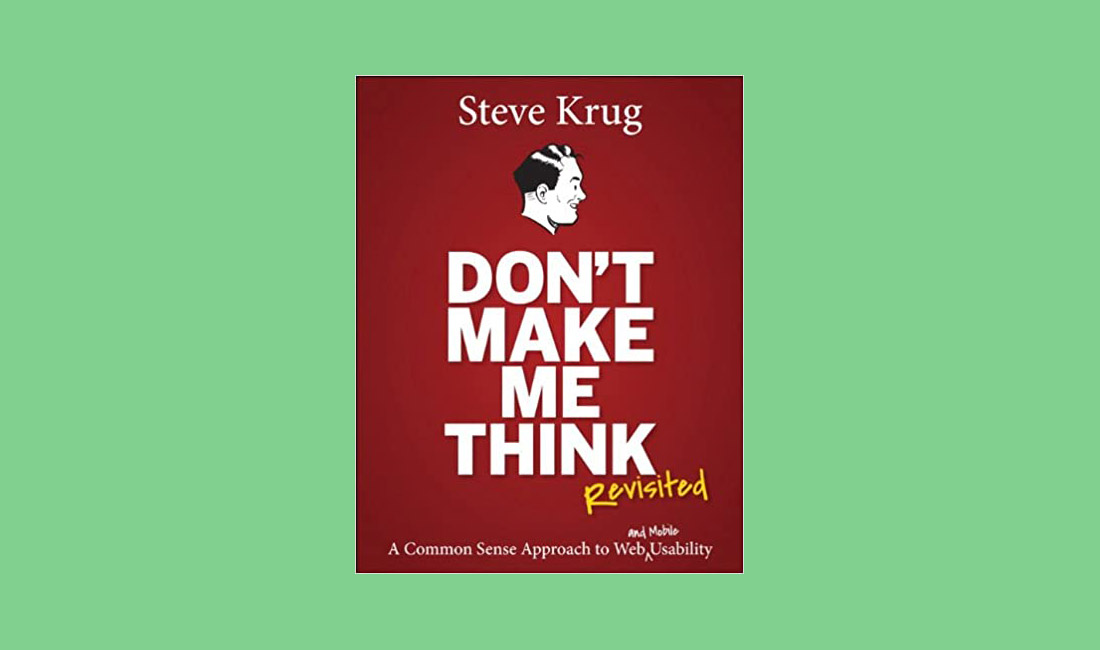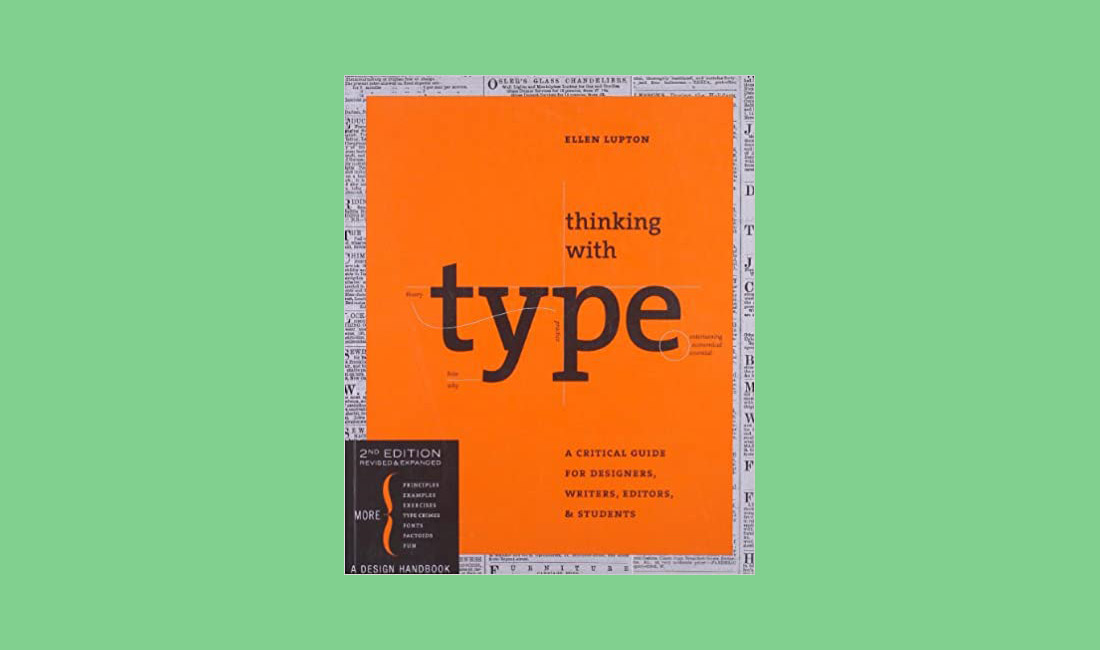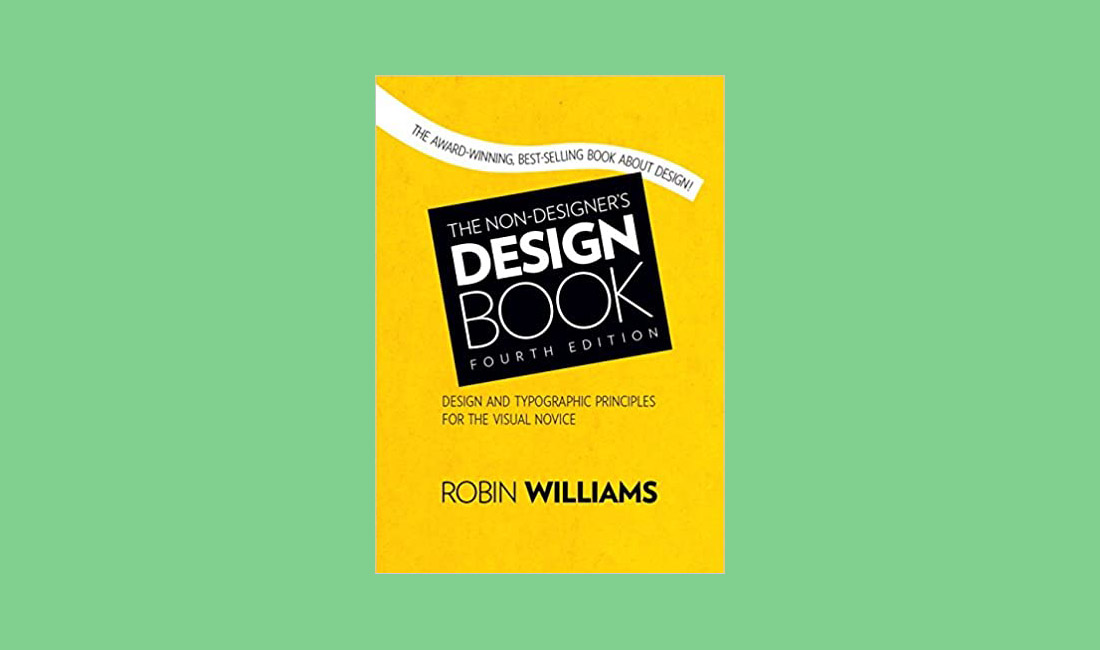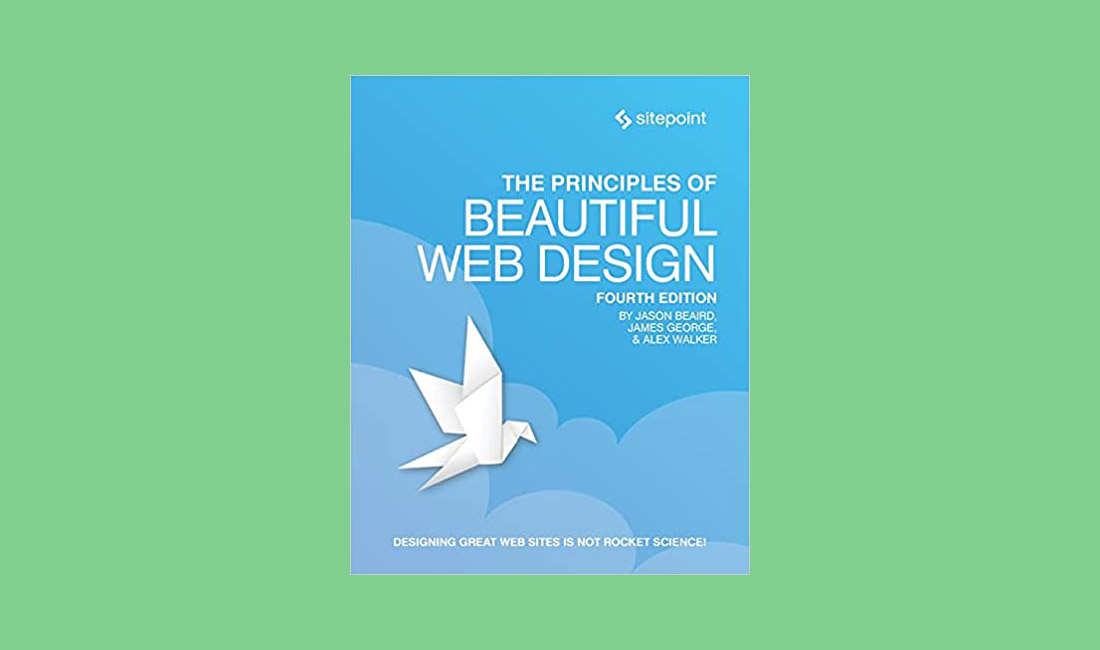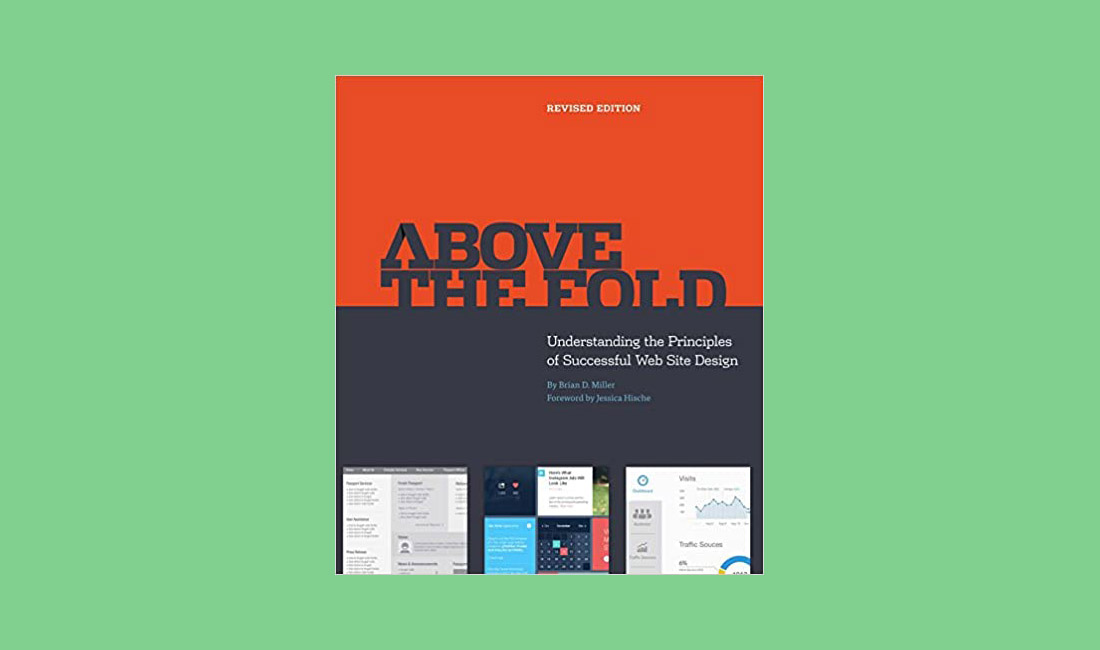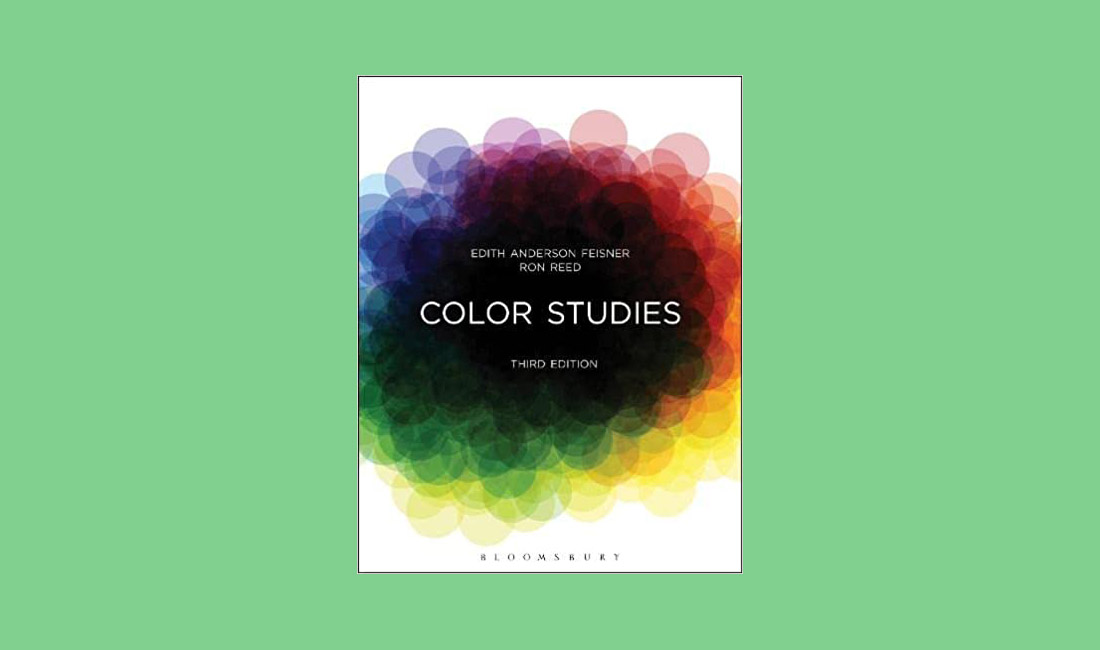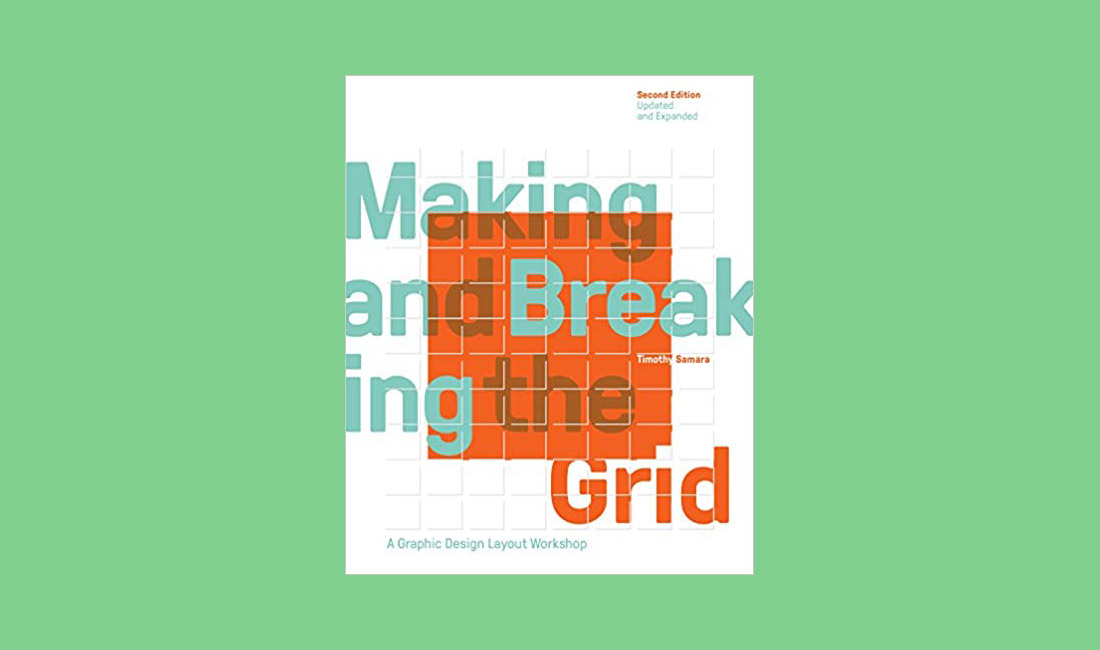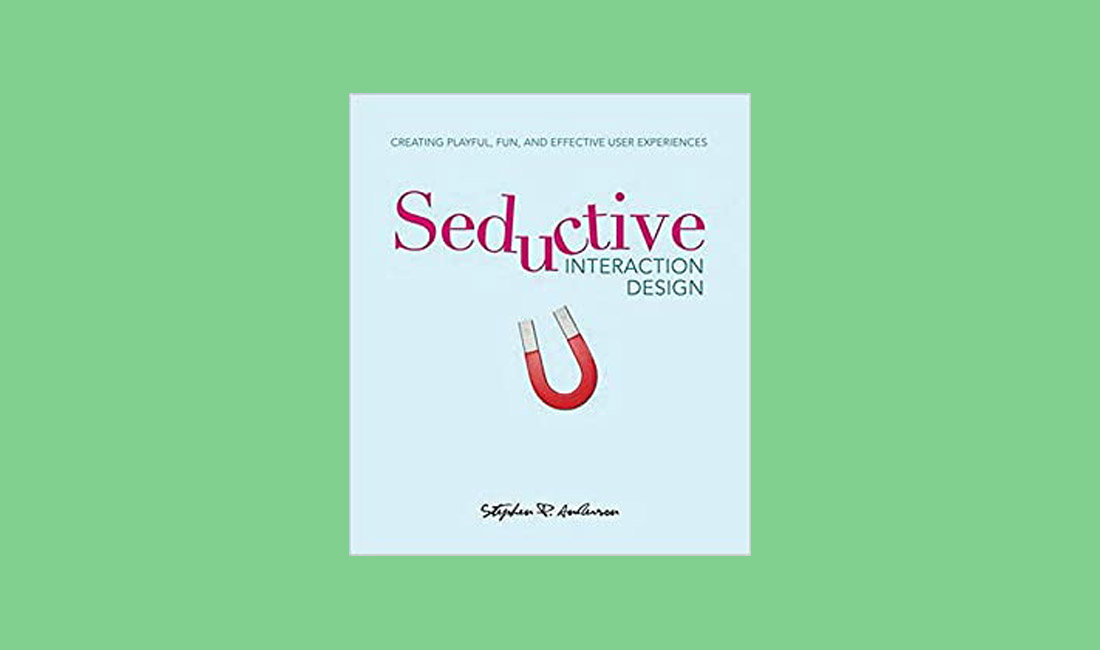10 Best Web Design Books You Must Read In 2025
Learning web design is a never-ending process because much like every other field, the web design industry also keeps growing and changing every year.
As a professional, you should always look for ways to extend your knowledge in the industry to stay on top of your career and beat your competition. Reading great books is an important part of that process.
We handpicked some of the best web design books you should read this year. Whether you’re a professional designer or completely new to web design, these books are must-reads for all types of web designers. They will help you go beyond coding to learn more about user experience design and discover the best creative thinking habits to improve your skills.
1. Steal Like an Artist
Steal Like an Artist is a book that every creative professional should have on their desk at all times. Whenever you feel like you’ve hit a wall, can’t find inspiration, or feel like the imposter syndrome is creeping up, open this book and read a page.
In this book, Austin Kleon explains how every masterpiece is created by finding inspiration from others that came before. And it outlines a way for you to also use the same strategy to create your own designs.
Web designers, graphic designers, developers, writers, and everyone in between should read this book.
2. Don’t Make Me Think
Have you ever wondered why almost every website has its navigation bar on top of the page? Why do websites have buttons? Or why do you always have to scroll down to explore a web page?
After reading this book you will not only find answers to such questions but it will also open your mind to look at website designs from an entirely different perspective.
Steve Krug’s Don’t Make Me Think is a masterclass in web usability. It will show you why websites are designed the way they do and how you can learn to create websites that generate more leads and interactions.
3. Thinking with type
Typography is one of the most important elements of every design. Understanding the basic rules and standards of typography is a must for all kinds of designers, including web designers.
Thinking with type by Ellen Lupton is a brilliant book that explores all areas of typography. Once you’re done with this book, you’ll have a much clearer understanding of fonts, paragraph styling, spacing, and much more about typography.
4. Non-Designer’s Design Book
As a web designer, you should have a basic understanding of graphic design as well. You don’t have to go through any diploma programs or courses, reading this book is more than enough.
The author Robin Williams covers some of the basics of graphic design in this book. It also details the four design principles that every design project should follow. Along with many other important aspects of design, like combining typefaces, designing with color, and more.
5. Laws of UX
User Experience Design (UXD) is a skill that every web designer should learn. UXD plays a key role in every website, product, and object we use every day. And when you understand it better, you can design things that users love and remembers.
In this book, Jon Yablonski explains the psychology behind user experience design and shows you how to apply some of the key principles of this psychology to design websites and products that are useful. It also details a UX framework that you can use with every design project.
6. The Principles of Beautiful Web Design
When you see a beautiful website you’ll often wonder how it’s made, what went into this website’s design, and what kind of elements were used in the making of the project. Reading this book will help you satisfy that curiosity.
Author Jason Beaird covers the fundamentals of a “good” website design in this must-read book for web designers. It covers everything from creating color schemes, using grid layouts, applying typography, and so much more.
The book is fully illustrated and filled with visuals so it’s perfect for beginners as well.
7. Above the Fold
Above the fold, or the top half of the website is what every visitor sees after arriving on your website. Designing this part in a way that encourages them to explore the rest of the website is crucial to the success of every website.
Brian D Miller dives deep into this topic in Above the Fold to show the importance of designing killer header sections for websites. The book also outlines the three stages of designing better websites by explaining the process of Plan, Design, and Optimize.
8. Color Studies
There’s curious psychology behind the use of color. Studies and research have shown that different colors have the power to evoke different emotions in humans. And brands and businesses have been using this psychology hack for many years.
Color Studies by Edith Anderson Feisner is a great book you can read to understand the psychology behind color. It covers everything from the basics of color to the physics of color.
9. Making and Breaking the Grid
Understanding how to use grid layouts is one of the first things you should do as a web designer. The grid is an important part of creating effective website layouts as well as designing content on web pages.
Making and Breaking the Grid by Timothy Samara is a book written with graphic designers in mind but it covers some important concepts that can be applied in web design as well.
The book mainly includes the basics of grids with examples. And it shows you how to use grids to create incredible designs. As well as how to go beyond the grid to create unique and artistic designs.
10. Seductive Interaction Design
If you’ve ever felt a strong urge to click a button on a website or hover your mouse over an interactive object, then you know how powerful interaction design can be.
In this book, author Stephen P. Anderson takes you on a journey to show you how design can be seductive in a way to put the user into a trance to do the designer’s bidding, in some sense.
It’s actually a fun and entertaining read that explains the psychology of creating interactive elements to drive user interactions. The book also includes many tactics and strategies you can use to create successful website layouts as well.
In Conclusion
As Dr. Seuss once said, “The more that you read, the more things you will know. The more that you learn, the more places you’ll go.”
If you want to climb higher in your career, find new opportunities, and earn more, always strive to learn. Reading books is only the first step, you should also follow online courses, watch YouTube tutorials, and attend conferences.
Be a better learner and you’ll eventually become a better professional.
